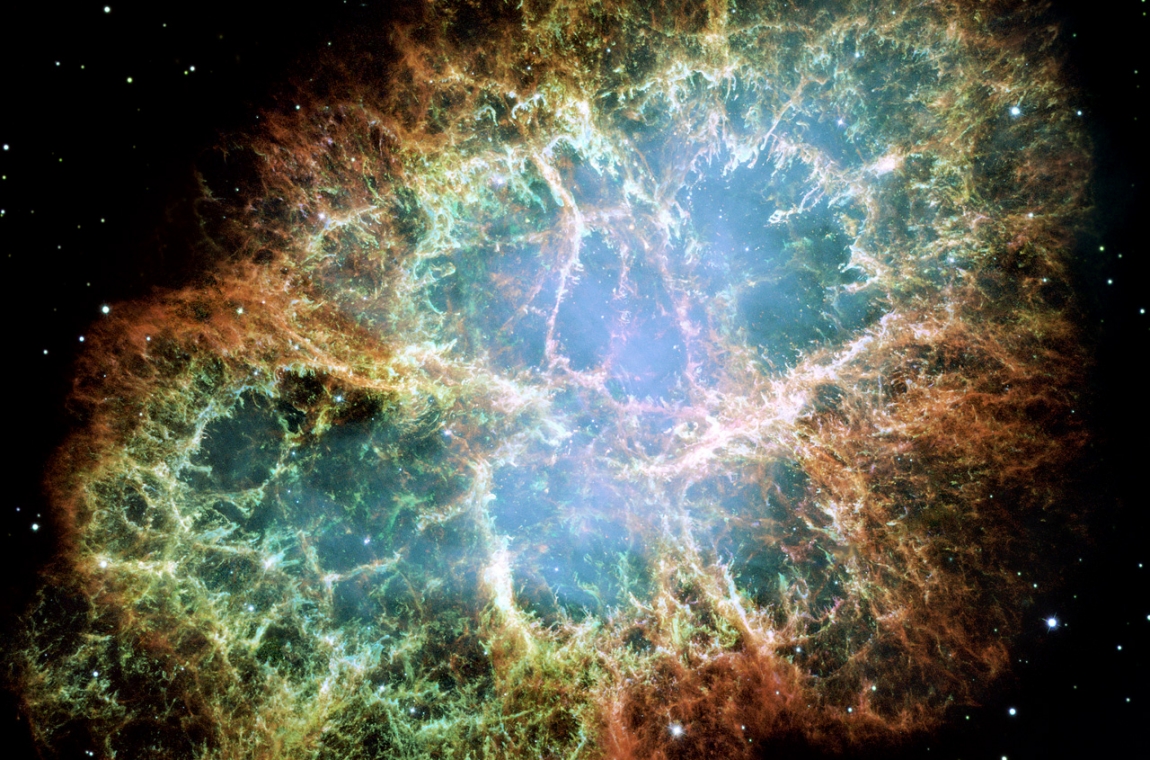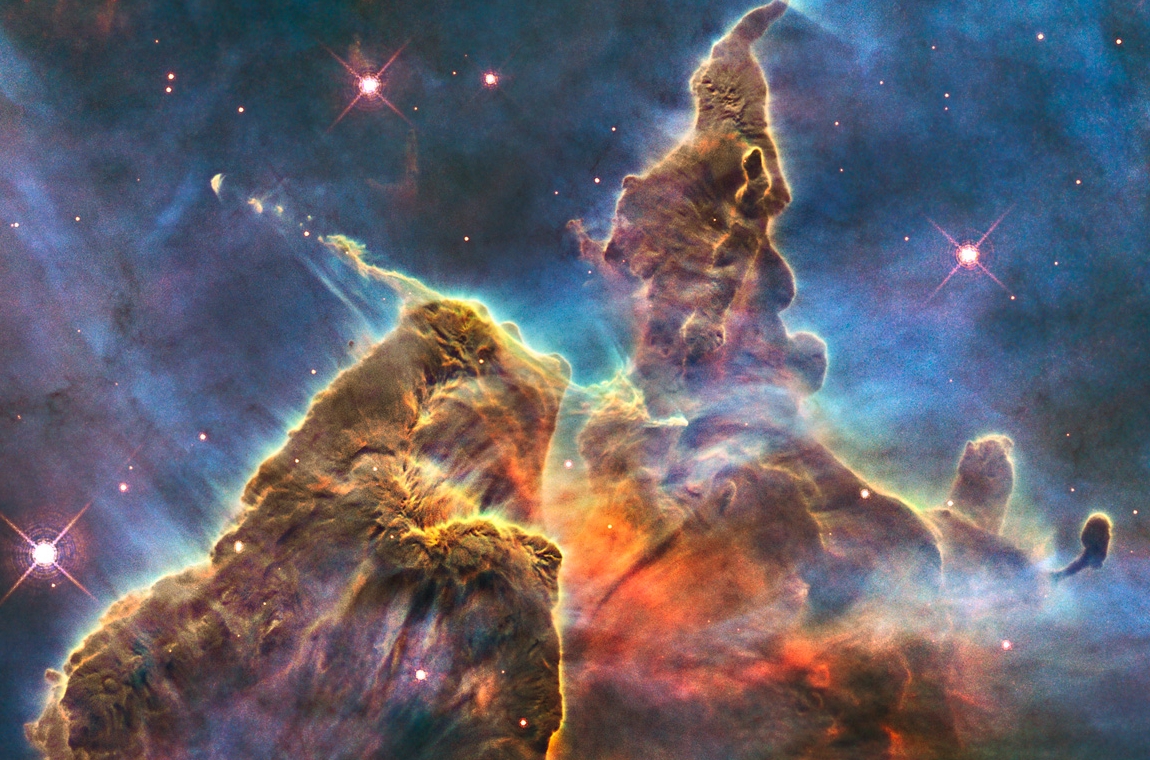The vast expanse of the universe holds wonders beyond imagination, and through the lens of astronomers and astrophotographers, we can witness the breathtaking beauty of space through stunning photography. From celestial phenomena to distant galaxies, amazing astronomy photos offer a glimpse into the awe-inspiring grandeur of the cosmos, inviting us to marvel at the splendor of the night sky and the mysteries of the universe. Let’s embark on a visual journey through incredible astronomy photos and discover platforms where you can immerse yourself in the wonders of space photography.
Astronomy photography transcends earthly boundaries, capturing the ethereal beauty of stars, planets, nebulae, and other celestial objects that dot the night sky. With advancements in technology and imaging techniques, astronomers and astrophotographers have transformed our understanding of the cosmos through striking visual representations that showcase the magnificence of the universe.
Here are three platforms that curate a collection of amazing astronomy photos for enthusiasts and stargazers alike:

- NASA Image Gallery: NASA’s Image Gallery is a treasure trove of astronomical images captured by space telescopes, satellites, and robotic explorers. From stunning views of distant planets to mesmerizing shots of cosmic events, the NASA Image Gallery offers a diverse range of astronomy photos that showcase the beauty and complexity of space. Whether you’re interested in planetary landscapes, star clusters, or galaxies far, far away, NASA’s extensive collection of images provides a window into the wonders of the universe.
- Hubble Space Telescope: The Hubble Space Telescope has revolutionized our understanding of the cosmos through its stunning imagery of distant galaxies, nebulae, and other celestial objects. The Hubble website features a gallery of mesmerizing astronomy photos taken by the telescope, highlighting the intricate details and vibrant colors present in the vastness of space. With its ability to capture high-resolution images of cosmic phenomena, the Hubble Space Telescope offers a glimpse into the beauty and complexity of the universe like never before.
- European Southern Observatory (ESO) Images: The European Southern Observatory (ESO) Images archive houses a wealth of astronomy photos captured by ESO’s ground-based telescopes located in Chile. From panoramic views of the Milky Way to close-up shots of star-forming regions, ESO’s collection of images showcases the diversity and richness of the night sky. With a focus on scientific discovery and visual storytelling, ESO’s astronomy photos provide a window into the wonders of the southern hemisphere skies and the mysteries of the cosmos.
- AstroBin: AstroBin is a community-driven platform that allows astrophotographers to share their work and connect with fellow space photography enthusiasts. Featuring a vast collection of astronomy photos taken by amateur and professional photographers, AstroBin offers a diverse array of images ranging from deep-sky objects to planetary landscapes. With options to search by object type, equipment used, and imaging techniques, AstroBin provides a space for photographers to showcase their skills and passion for capturing the beauty of the universe through stunning imagery.

